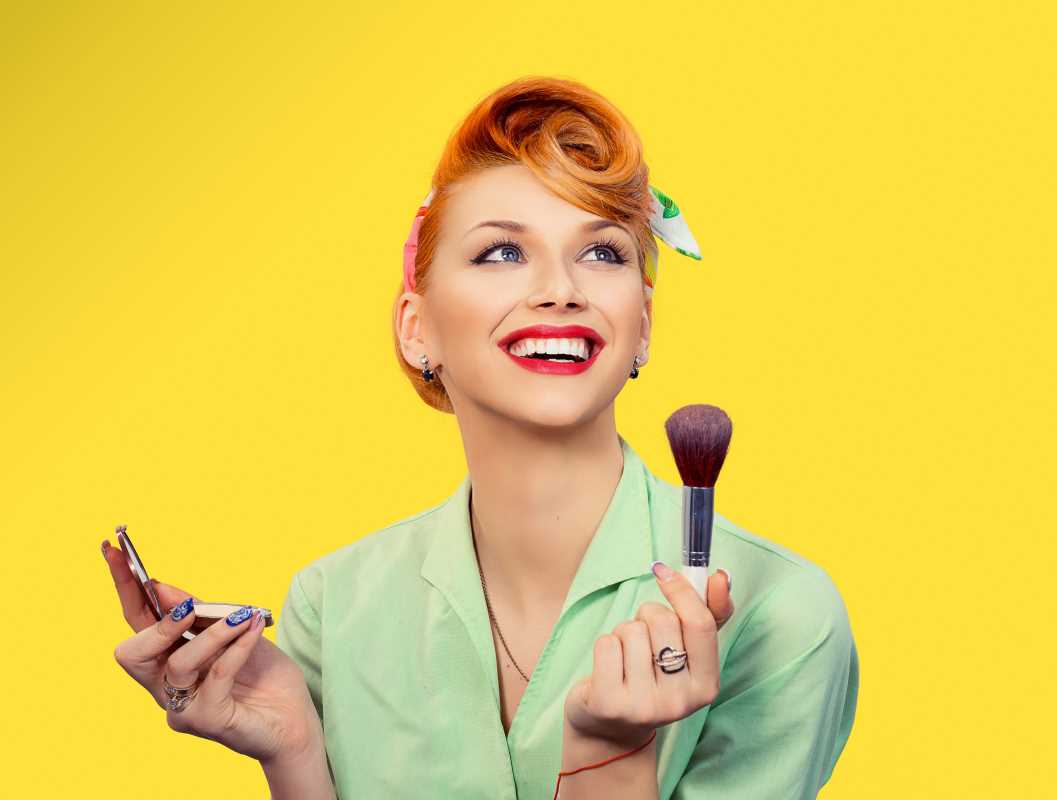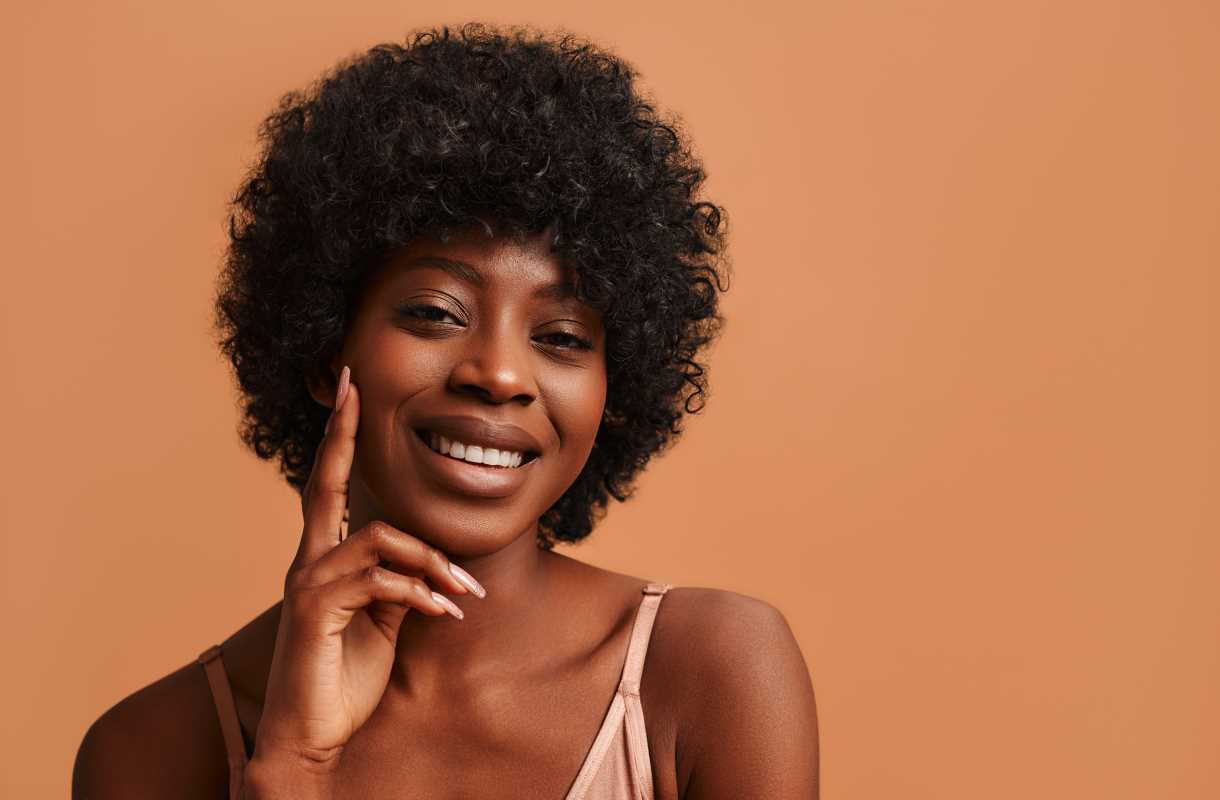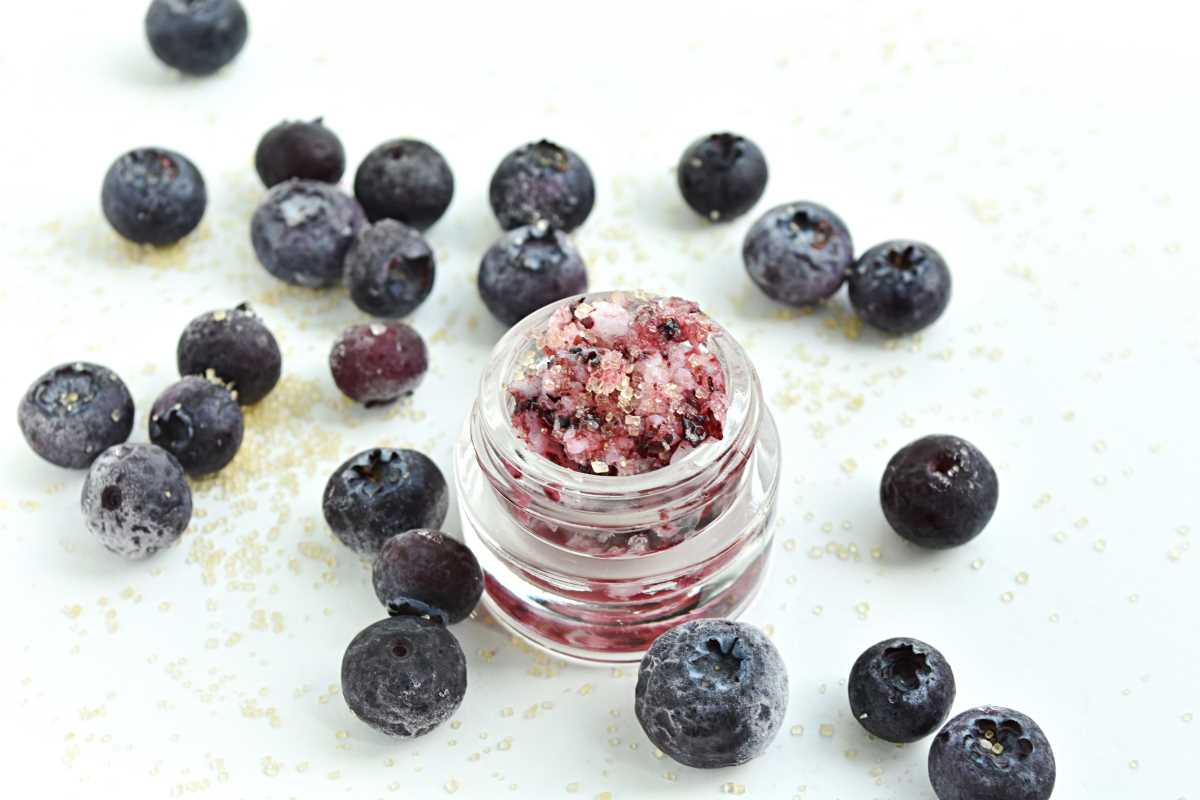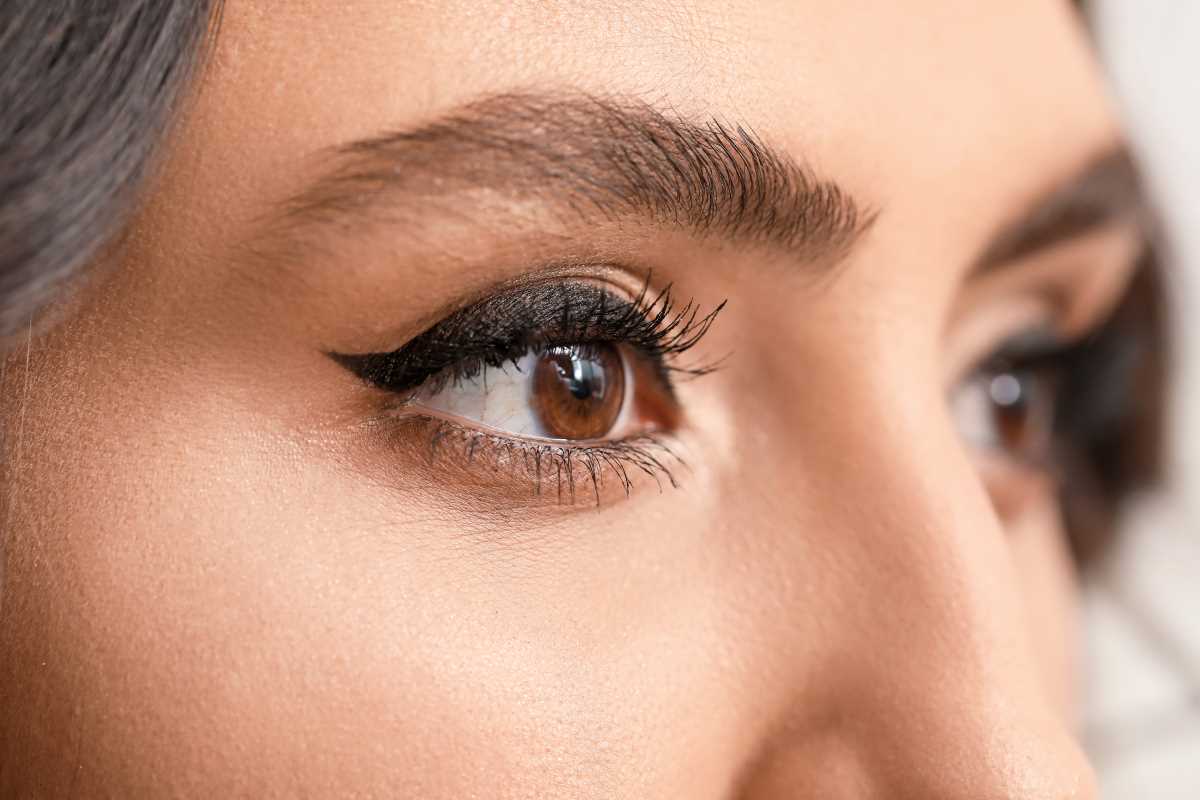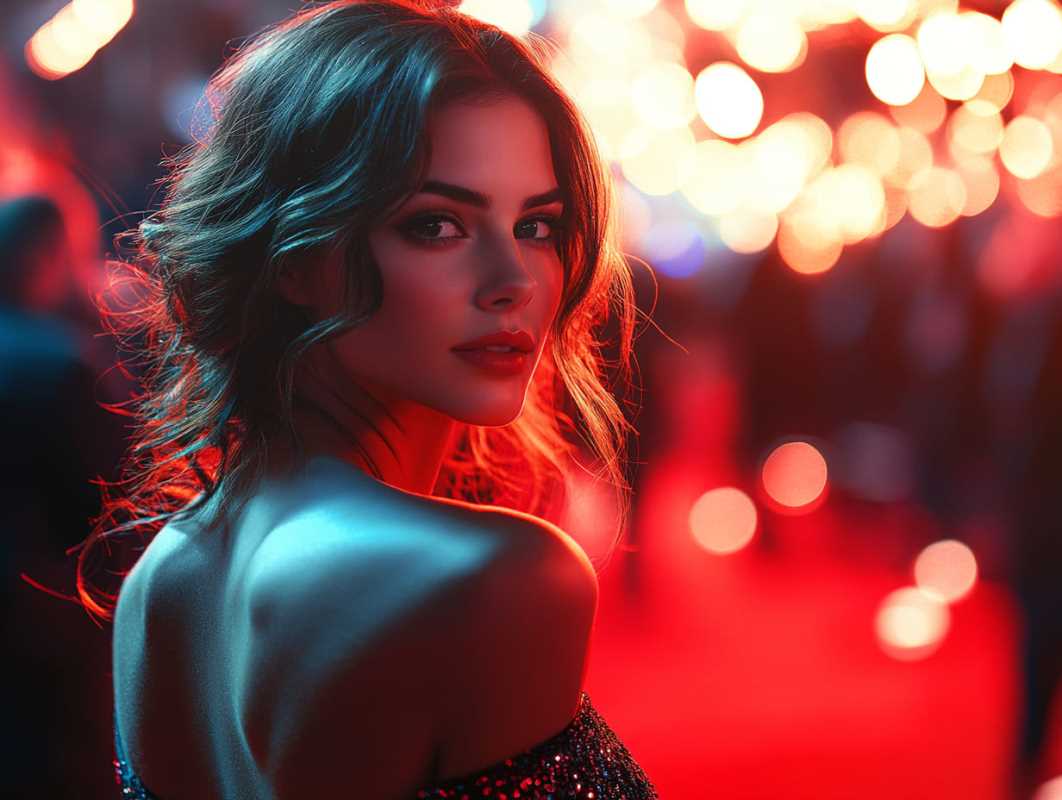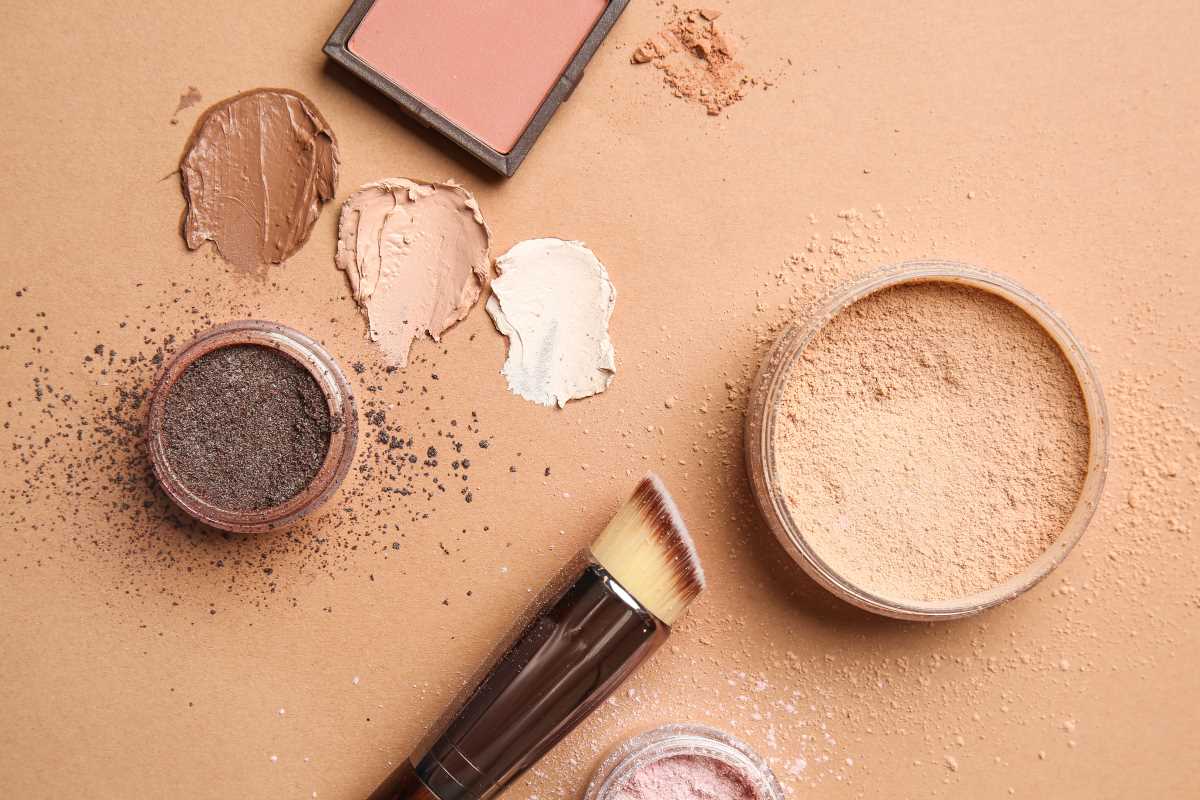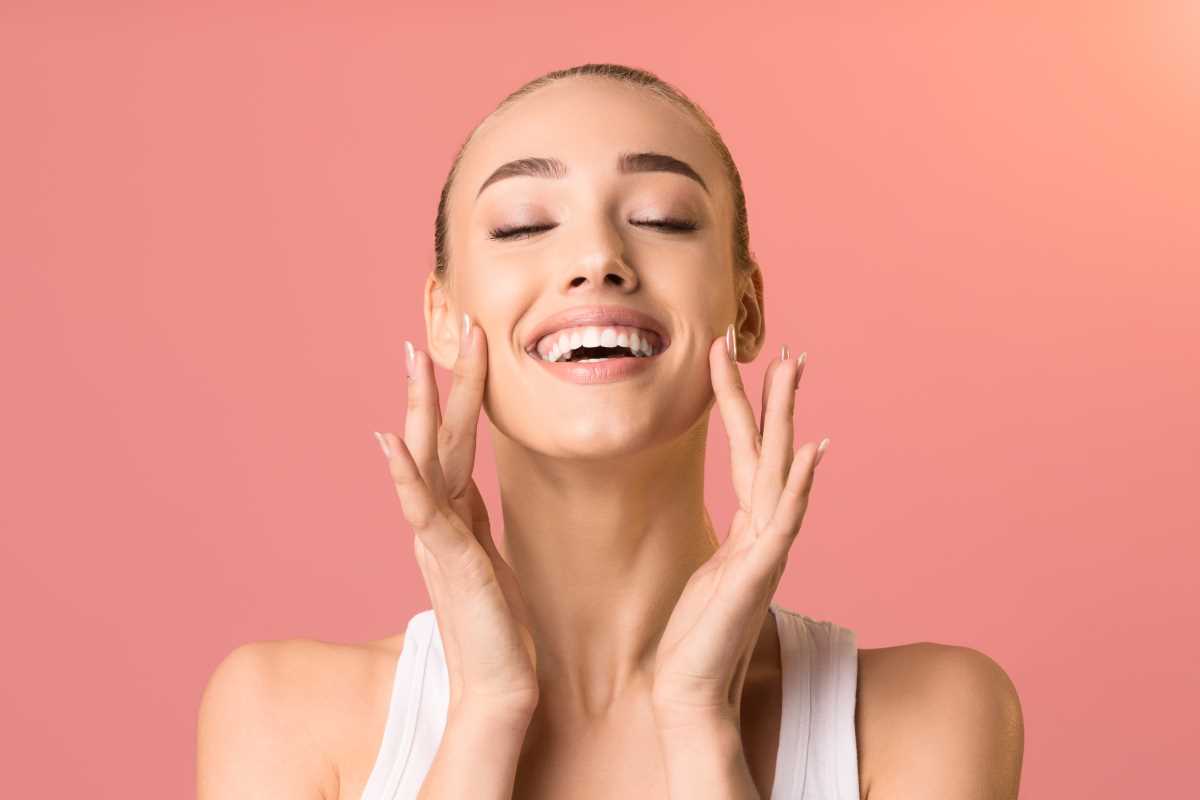Beauty standards have constantly shifted over the centuries, reflecting cultural trends and societal norms. From the ancient civilizations to modern times, perceptions of beauty have evolved drastically. In this article, we will explore how beauty standards have transformed throughout history, showcasing the diverse ideals that have shaped our understanding of beauty.
Ancient Egypt (c. 3100 BCE - 30 BCE)
In ancient Egypt, beauty was associated with symmetry and harmony. Women would adorn themselves with intricate makeup, emphasizing their eyes and lips. The use of kohl to create dramatic eye makeup was not just for aesthetic purposes but also believed to have protective properties against the sun and evil spirits.
Golden skin was a sign of prosperity and wealth, achieved through various oils and ointments. The application of henna was popular for both decorative and medicinal purposes. Even hairstyles were indicative of one's social status, with elaborate wigs and hair accessories symbolizing beauty and elegance.
Men were also expected to maintain their appearance, often shaving their entire bodies and wearing wigs. Cleanliness was highly valued, with frequent bathing and the use of perfumes being common practices among the upper classes.
Ancient Greece (c. 800 BCE - 146 BCE)
The ancient Greeks idealized proportion and mathematical harmony in their perception of beauty. The concept of the "Golden Ratio" emerged during this time, influencing art, architecture, and beauty standards. For women, a plump figure with large breasts and wide hips was considered attractive, as it signified fertility and health.
Greek men were expected to have athletic, muscular bodies, reflecting the culture's emphasis on physical fitness and military prowess. The gymnasium was not just a place for exercise but also a social center where men would showcase their physiques.
Interestingly, the ancient Greeks did not place much importance on facial features. Instead, they focused on the overall proportion and symmetry of the body.
Ancient Rome (753 BCE - 476 CE)
Roman beauty standards were heavily influenced by Greek ideals but also developed their own unique characteristics. Roman women valued pale skin, which they achieved through the application of chalk and lead-based cosmetics. Blonde hair was also prized, leading many women to use bleach or wear wigs made from the hair of Germanic slaves.
Plump figures remained in fashion, but there was also an emphasis on youthfulness. Women would pluck their hairlines to create the appearance of a higher forehead, which was associated with a more youthful look.
For men, grooming became increasingly important during the Roman era. Regular visits to the barber for haircuts, shaves, and nail trimming were common. A well-trimmed beard was seen as a sign of masculinity and wisdom.
Middle Ages (5th - 15th Century)
During the Middle Ages, beauty standards were heavily influenced by religious beliefs and social hierarchies. In Christian Europe, modesty and piety were paramount. Women were expected to have pale skin, rosy cheeks, and blonde hair, often achieved through the use of dangerous lead-based cosmetics and hair dyes.
The ideal female figure during this period was slender with a small waist and narrow shoulders. High foreheads were still fashionable, leading women to pluck their hairlines and eyebrows. Long, flowing hair was considered attractive but was often covered in public as a sign of modesty.
For men, a strong, muscular build was admired, reflecting the ideals of chivalry and knighthood. Beards went in and out of fashion throughout the period, often depending on the preferences of the ruling class.
In the Islamic world, beauty standards differed. Dark eyes, black hair, and a fuller figure were considered attractive for women. The use of henna for skin and hair decoration was widespread, and perfumes played a significant role in personal grooming.
Renaissance (14th - 17th Century)
The Renaissance era saw a revival of classical ideals of beauty, combined with a celebration of the human form. Voluptuous figures became the epitome of beauty for women. Artists like Botticelli celebrated curves and softness in their paintings, elevating the ideal of a fuller figure. This trend was partly influenced by the association between plumpness and wealth, as it indicated that one could afford ample food.
Fair skin was also prized during this time, as it symbolized purity and aristocracy. Women would use lead-based makeup to achieve a pale complexion, often resulting in severe health issues. The ideal Renaissance woman had a rounded stomach, full hips, and a large bosom, often emphasized by the fashions of the time.
For men, the Renaissance ideal was a well-proportioned, muscular body, reminiscent of classical Greek statues. Facial hair came back into fashion, with well-groomed beards and mustaches being popular among the upper classes.
Victorian Era (1837 - 1901)
In the Victorian era, modesty and restraint dominated beauty standards. Women were expected to have a delicate and fragile appearance, with tiny waists achieved through tight corsets. This "wasp-waist" silhouette was often taken to extremes, with some women enduring serious health problems to achieve the desired look.
Pale skin, rosy cheeks, and demure expressions were considered attractive, reflecting the prevailing societal values of modesty and virtue. Natural makeup was frowned upon, but women would pinch their cheeks to give them color. Long, thick hair was prized, often styled in elaborate updos.
For men, a well-groomed appearance was essential. Facial hair was very much in vogue, with a variety of mustache and beard styles being popular. A gentlemanly demeanor and proper posture were considered as important as physical attributes.
Early 20th Century
The turn of the century brought significant changes to beauty standards, influenced by social movements and technological advancements.
1920s - The Flapper Era
The 1920s saw the emergence of the flapper aesthetic, characterized by short hair, bold makeup, and a boyish figure. This radical shift reflected the changing role of women in society, as they gained more independence and challenged traditional norms.
Thinness became fashionable, as women strove to achieve the slender proportions idealized in magazines and Hollywood films. The boyish "garconne" look, with its flat chest and straight silhouette, was a stark contrast to the curvy ideals of previous eras.
Makeup became more acceptable and widely used, with dark eye makeup and bold lip colors being popular. The sun-kissed look also came into fashion, marking a significant shift from the pale skin idealized in previous centuries.
1950s - The Hourglass Figure
The post-war era saw a return to more curvaceous ideals. Actresses like Marilyn Monroe epitomized the new beauty standard: an hourglass figure with a small waist, full bust, and rounded hips. This look was achieved and accentuated through structured undergarments and figure-hugging fashions.
Makeup in the 1950s was sophisticated and glamorous, with red lipstick and perfectly groomed eyebrows being key features. Hairstyles were carefully coiffed, with styles like victory rolls and poodle cuts being popular.
Late 20th Century to Present Day
The latter half of the 20th century saw rapid changes in beauty standards, influenced by various cultural movements and the growing influence of the media.
1960s - 1970s: The Age of Youth
The 1960s brought a focus on youth culture and rebellion against traditional standards. The ultra-thin model Twiggy became an icon, promoting a lean, androgynous look. Natural beauty and the "flower child" aesthetic gained popularity, with long, straight hair and minimal makeup being fashionable.
In the 1970s, the idea of a healthy, tanned look became popular, influenced by the fitness craze and the popularity of outdoor activities. This era also saw the rise of the "Charlie's Angels" look, with feathered hair and a more athletic physique being desirable.
1980s - 1990s: The Supermodel Era
The 1980s saw a return to a more curvaceous ideal, epitomized by supermodels like Cindy Crawford and Naomi Campbell. Bold makeup, big hair, and athletic bodies were in vogue, reflecting the era's emphasis on excess and glamour.
In the 1990s, the "heroin chic" look gained controversy, promoting an extremely thin, almost unhealthy appearance. This was contrasted by the rise of more athletic ideals, inspired by the growing fitness industry.
2000s to Present: Diversity and Body Positivity
In the present day, beauty standards have become more inclusive and diverse than ever before. With the rise of social media and body positivity movements, there is a growing recognition that beauty comes in all shapes, sizes, and colors. The emphasis is now on self-acceptance and embracing individuality, challenging traditional notions of beauty and encouraging authenticity.
The beauty industry has started to reflect this shift, with more diverse representation in advertising and a wider range of product shades to suit different skin tones. There's also been a growing interest in natural and ethical beauty products, reflecting increased awareness of health and environmental issues.
However, it's important to note that while there has been progress, unrealistic beauty standards still persist, often propagated through social media and digital alteration of images. The pressure to conform to certain ideals continues to affect many individuals' self-image and mental health.
Conclusion
As we look back at the evolution of beauty standards throughout history, it becomes apparent that beauty is a subjective and ever-changing concept. What was once considered attractive may now seem antiquated, highlighting the fluidity of beauty ideals and the importance of embracing diversity and self-love.
The journey through beauty standards across different eras and cultures reveals that these ideals are deeply intertwined with societal values, technological advancements, and cultural movements. From the symmetry-obsessed ancient Egyptians to the body-positive advocates of today, each era has left its mark on our understanding of beauty.
As we move forward, it's crucial to recognize the arbitrary nature of beauty standards and to celebrate the diversity of human appearance. By understanding the historical context of beauty ideals, we can better appreciate the uniqueness of individuals and work towards a more inclusive and accepting definition of beauty.
In the end, true beauty lies not in conforming to any particular standard, but in embracing one's authentic self and recognizing the inherent worth of all individuals, regardless of their appearance.
(Image via Adobe)
